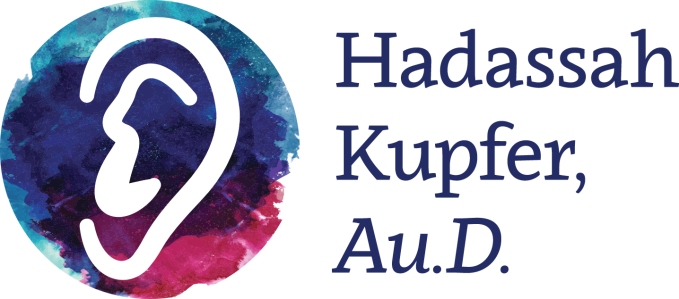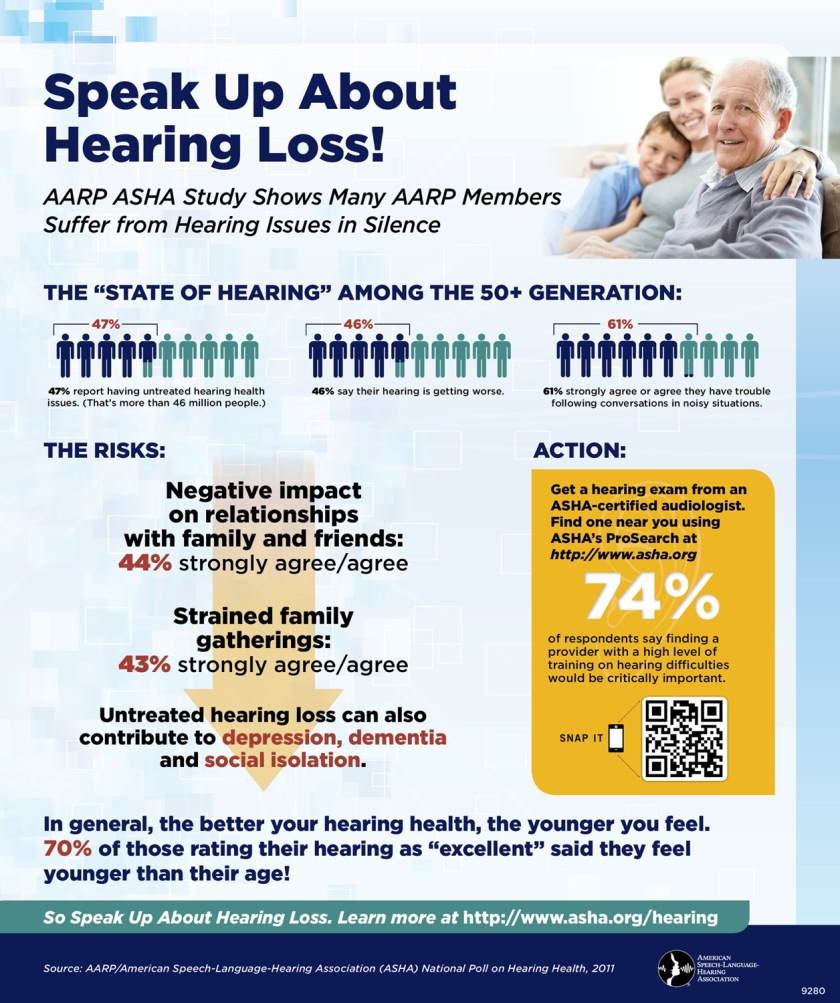The Zika outbreak last year brought awareness to the sad reality that certain viruses in the expectant mother can cause significant health problems to the unborn child. Many of those “Zika babies” are born with physical deformities or develop other deficits– which studies now show to include hearing loss. Even if not present immediately, the child should be monitored as the hearing loss can set in later on- just as we see for children who are prenatally exposed to CMV or herpes simplex.
Similarly, the Rubella (“German Measles”) epidemic in the US between 1962-1965 left many of those born to infected moms, with permanent hearing loss. Many children with hearing loss went undiscovered for years, due to the lack of early hearing detection/intervention programs at the time. Nowadays, we are fortunate to have many institutions in place to try to “catch” those children with hearing loss before they fall behind their hearing peers. And of course, those who have hearing loss owing to Rubella should recognize that there are many more options for treatment nowadays than perhaps were offered to them in the past. Speak to an audiologist who can recommend a custom plan based on your unique history and needs.
Here’s to the final letter of the BetterHearingABC’s, and to “Health/y/ears”!

